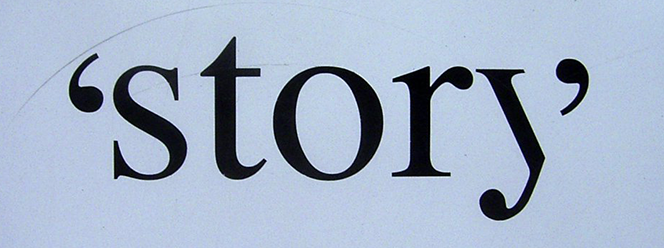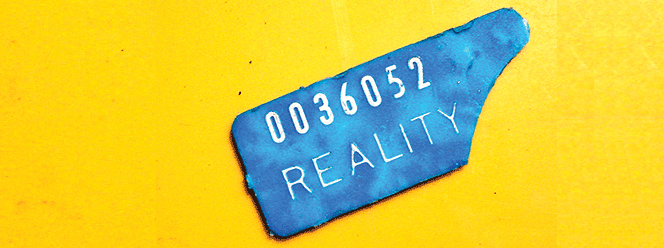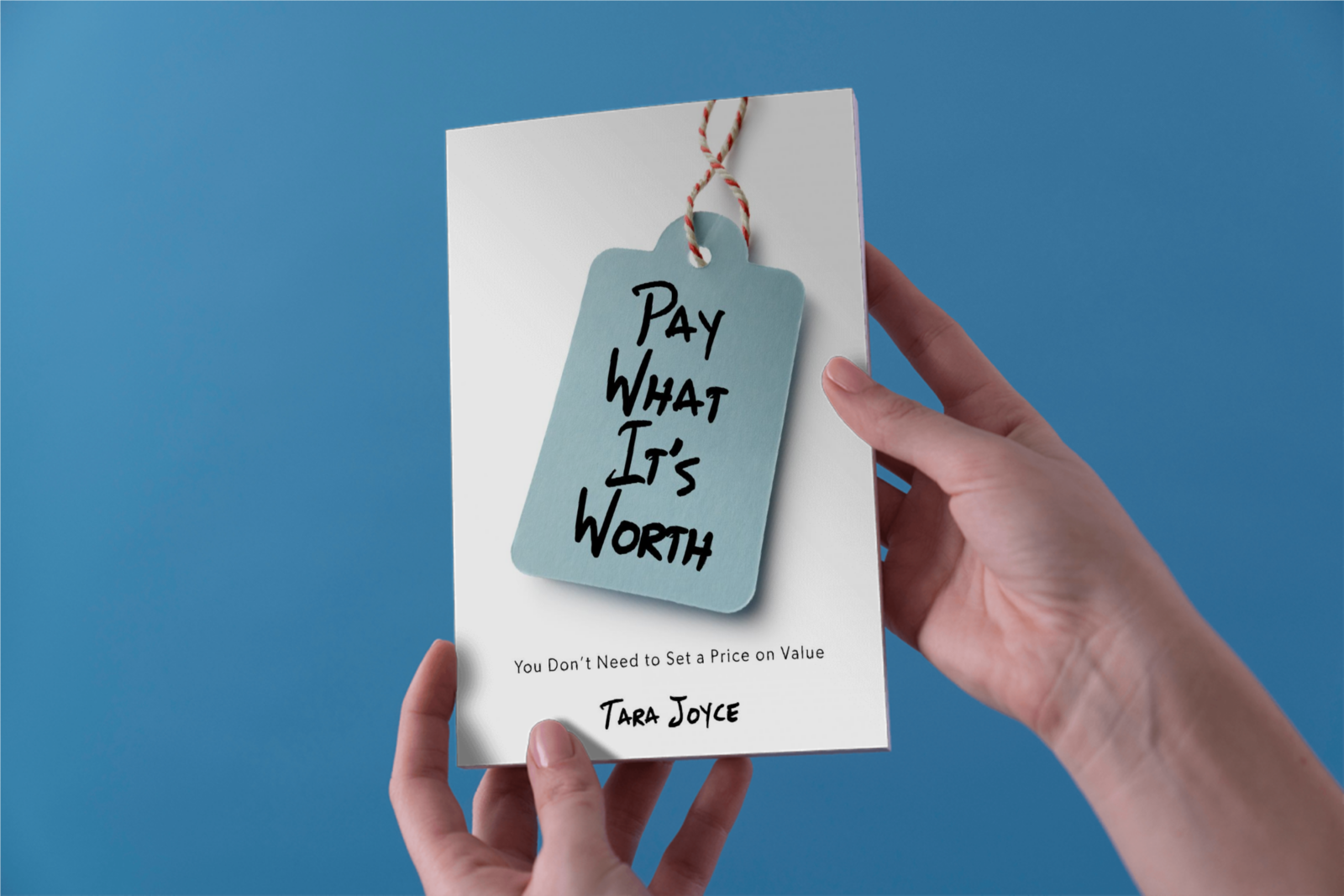
by Tara Joyce | Jun 1, 2016 | My Journey | What's On My Mind

So good at the act that you forget what’s true.
So good at pretending that the unreal becomes real.
What you feel is under your control.
You can simply act it away.
A mask of neutrality.
Leads you to believe you might actually feel it.
You can ignore your feelings.
You can act forever.
Yet at some point, the inevitable curtain comes down, and the performance ends.
You are left with you; and the feelings you’re pretending aren’t there.
If only for a moment.
The act is over.
What then?
Who are you when your truth has space to be?
The question, terrifying.
Its answer even more so.
It lies in love and the shape of it.
What does your love and care look like when there is no performance to mask it?
photo credit: Ania

by Tara Joyce | Jan 27, 2016 | Cultural Creativity, Personal Branding, Self/Business Growth

In whatever shape it may take, whenever I hear a story, I find myself wondering how it is serving the person who is telling it. I understand what’s being presented is not the whole story, and perhaps, it’s not even half. It’s the version of the story the storyteller wants to share with me and it’s the version of the story they want to see.
We can have a lot of unconscious motivations and intentions behind the stories we tell, and while it would be lovely to think they are all pure and love-filled, this may not be true. We share stories to share a story—to share a version of events that we feel will be emotionally impactful. It’s not the truth per say, otherwise we might call it that.
I suppose I don’t put a lot of value on my own stories and those of others. They are there to entertain and educate, but to hold them as “the truth” and/or to hold my own experiences up to them in comparison, feels like a fool’s game. A story might sound complete but the truth is, it only contains the parts wanted to be shared, the parts that keep it intact and “true.” The whole truth is far more nuanced and complex than any story can tell.
Stories by their definition and essence are leading. They are meant to take you on a journey where the course has already been planned. We need to see stories as such, for our own health and happiness. We need to know they are not “the truth,” and are not intended to be. They are simply creations of our experience and our imagination, and how we need to perceive things. There is no need to attach to them.
Write your stories. Love your stories. And acknowledge them for “the truth” they are not. See the stories you attract—and are attracted to—for what they are: expressions of you, and how you perceive your world.
photo credit: duncan c

by Tara Joyce | Nov 11, 2015 | Self/Business Growth

We, as humans, have a tendency to use our mind to negate our emotions. We use our mind as a tool to abandon how we feel.
I know, personally, I often use my mind to abandon my negative feelings, especially when they are directed at someone I love. In these moments, I’d rather pretend the feelings aren’t there… than explore why they are. The result of doing this, of locking up my sensitives in my logical mind, is that I disown my feelings and my emotional needs.
For some of us, we negate our feelings or emotional needs because we feel the expression of them is dangerous. Our emotions feel too vulnerable and the sharing of them feels to risky. Rightfully, risks are present when we share our most vulnerable self — but hiding our feelings from others is far more dangerous. For it leads us to mask our feelings, not only for others, but from our self. Rather than feel what we feel, we learn to abandon ourselves emotionally. We learn to negate what we feel and to lock it up in our mind. This lack of emotional self-awareness, and this mental overemphasis, further disconnects us from our self — and others.
We owe it to our emotional self to break our cycle of self-abandonment.
Emotional self-abandonment may feel safer — but it is no less painful than our own emotional truth — and it is all the more detrimental. For in not being present to our selves, we become slightly lost.
However, by acknowledging our logical desire to negate our feelings, we begin to break this cycle. Simply in seeing our abandonment, we cease our pattern of turning our back on our feelings. For recognizing our neglect enables us to be present to our emotional self once again, and within this awareness, we find we no longer need to leave any part of ourselves out again.
photo credit: gingher

by Tara Joyce | Oct 27, 2015 | My Journey | What's On My Mind, Self/Business Growth

Despite how we talk about it, reality isn’t one thing. One stream. One truth. Reality is defined and designed by you, the individual. And, by design, you get to decide how “real” you want your reality to be.
You are given the possibility, and the imperative, of being able to bring into reality the things that are truly real, and truly healing for you.
If you decide that your reality is full of lies and half-truths—or even a casual ignoring of the truly real—then this is your reality. Your detachment from your truth is a critical aspect of your reality.
What is real anyway? Perhaps what’s truly real is what feels most like our authentic truth.
This is my desire: for anything other than my truth to be the uncomfortable place. I want to learn to sit comfortably uncomfortable in the beauty and messiness of my truth. I want to feel that anything less than it is a trap I am creating for myself. For I know — and have learned — inevitably, the truth will catch up with me. I can’t outrun it, though I can deny it. Yet no matter where I look, it will still be there.
The denying of our truth adds pressure and pain to our lives. It’s the pressure to re-frame everything; to re-frame our reality so that it painfully fits into the limited perspective we’ve deemed acceptable. It’s a carefully crafted noose that will eventually hang us.
Instead, why not bring into reality the things that are truly real, and truly healing for you? Trust it’s your imperative as its designer.
photo credit: Alison J-B

by Tara Joyce | Sep 11, 2015 | Cultural Creativity, Self/Business Growth

Luxury can be a trap. It can be so comfortable to live in—that it can be so very hard to leave… Hard to stretch yourself beyond the sumptuous and secure life you’ve come to know. Most of the world isn’t as comfortable as you are, and living with this truth can make it hard to leave your protective and pleasant container.
Luxury is a trap—if you let it be. For when you have the ability to live self-indulgently, you also have the ability to not challenge yourself with the realities of life. You have the means to avoid the uncomfortable and, often times, the ability to find someone else to take on their responsibility.
Money—and the power it offers—can be used and abused like anything else that affects your energy. Like drugs and alcohol, it can be an escape—a means to numb the pain. Your richness can keep you separate and shielded. It can keep you trapped—in a luxurious life.
Like you’re in the womb, the privilege of abundance provides you with the opportunity to remove yourself from the undesirable. You have the means to create a world where you do not have to deal with the uglier truths of life. Insulated and cared for, you are afforded the luxury of having a choice.
The problem with abundance is how you can trap yourself in its comfortability—keeping yourself small and shielded. Living in this gilded space, you can’t see your abundance as a thing of beauty—and a gift of grace.
Abundance is beauty. Stay mindful to the richness of your life, it’s here to expand you—but it can do the opposite. It can contract you—if you let it. This is the only true money trap—and no matter your stage of wealth—you have the choice to not fall into it.
photo credit: Mike Bitzenhofer










